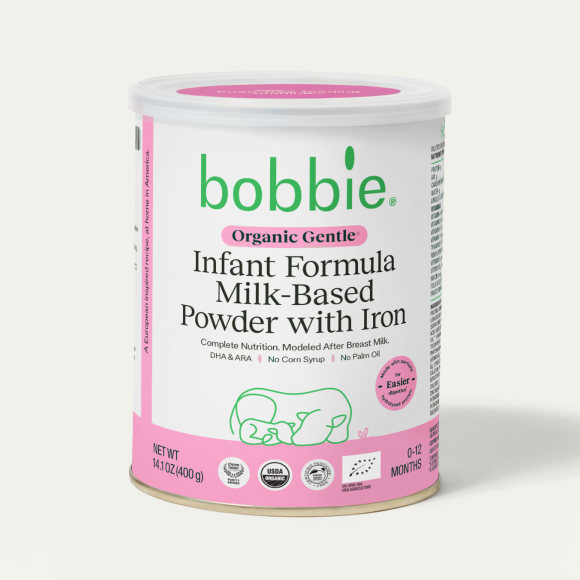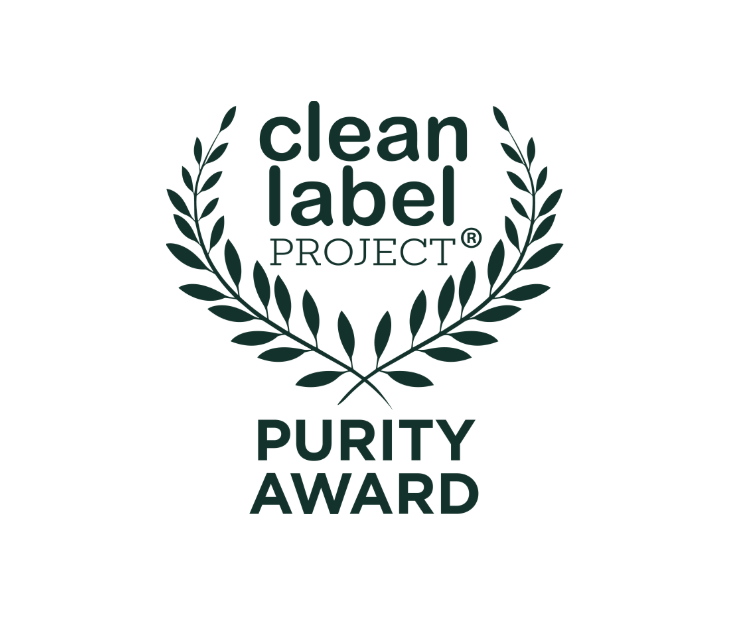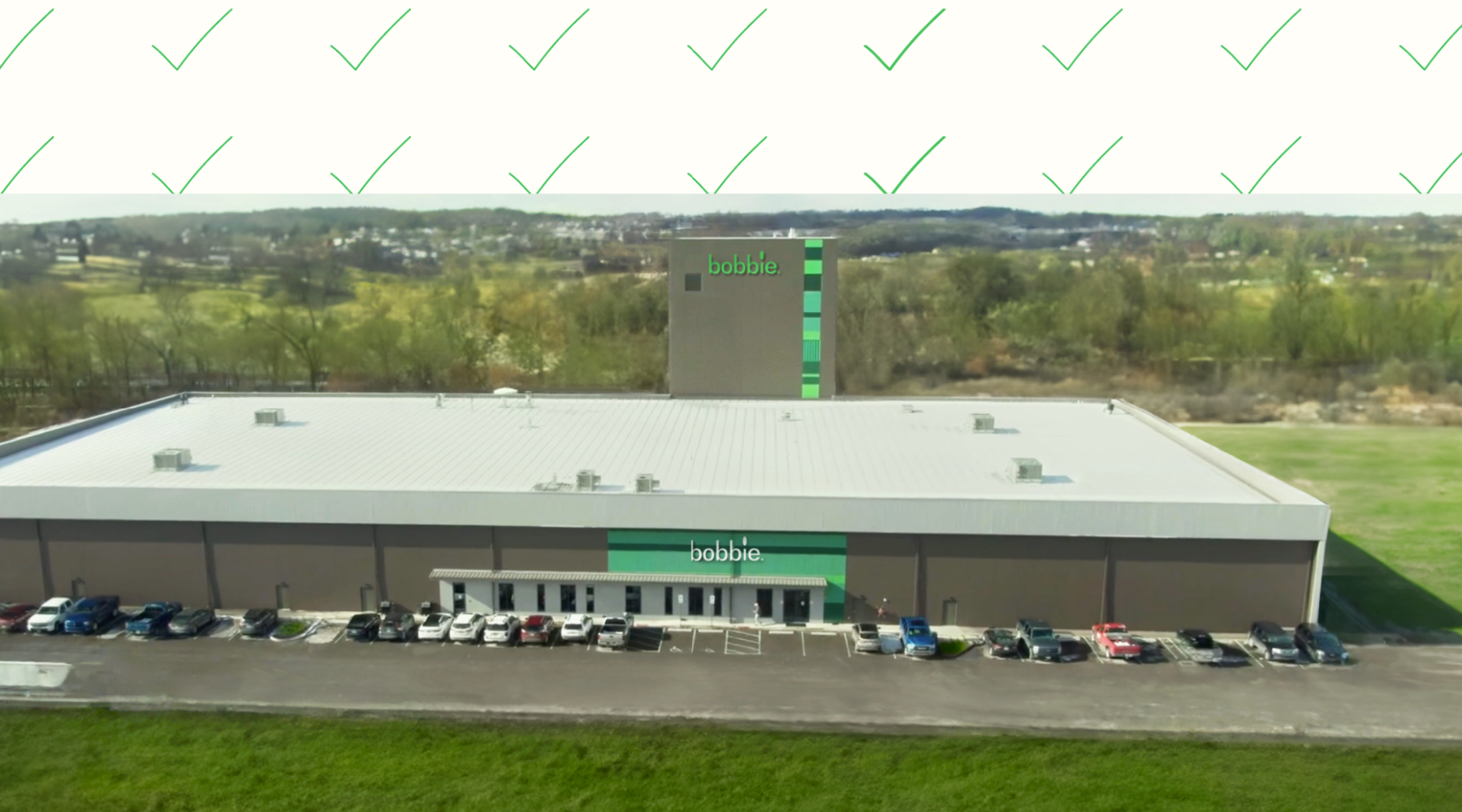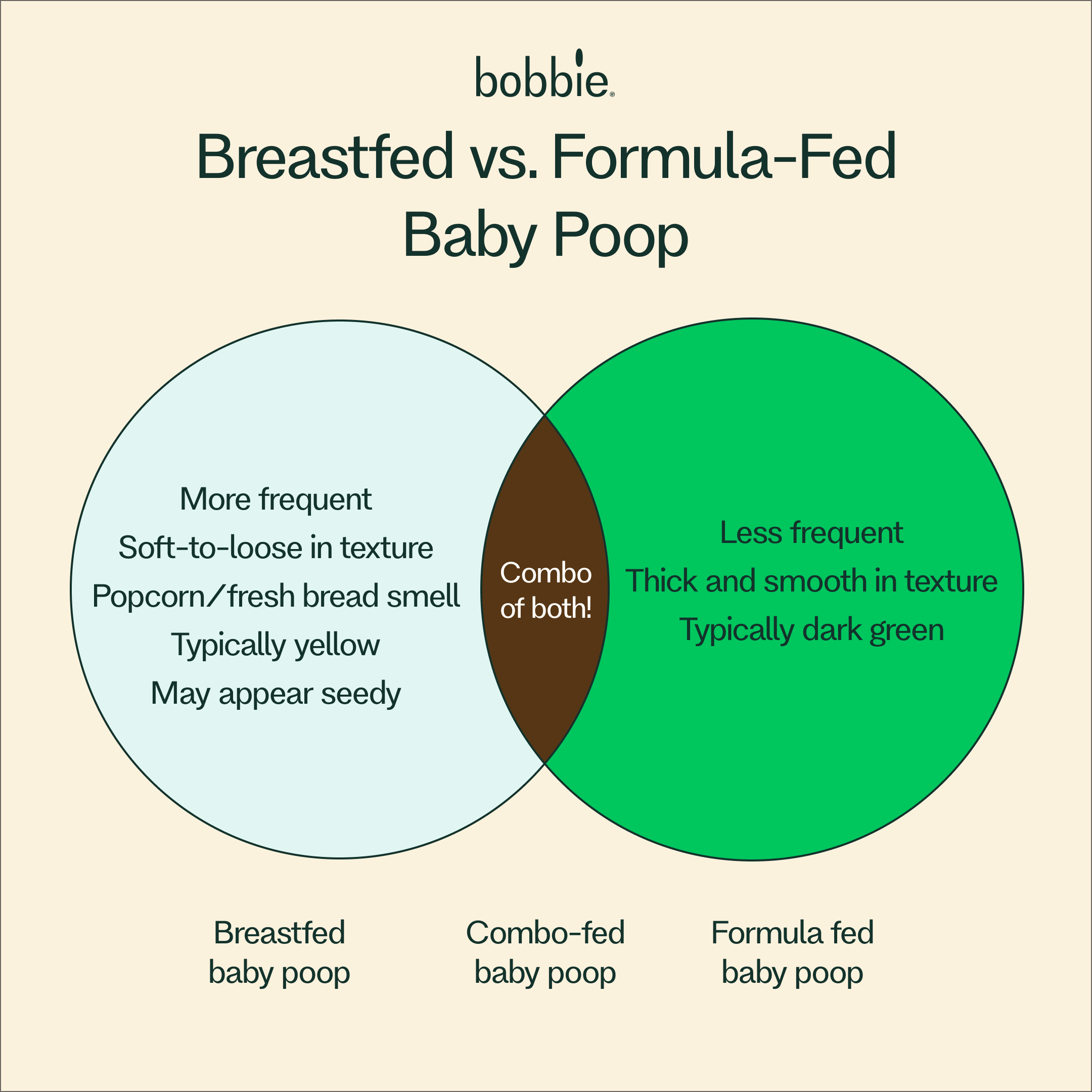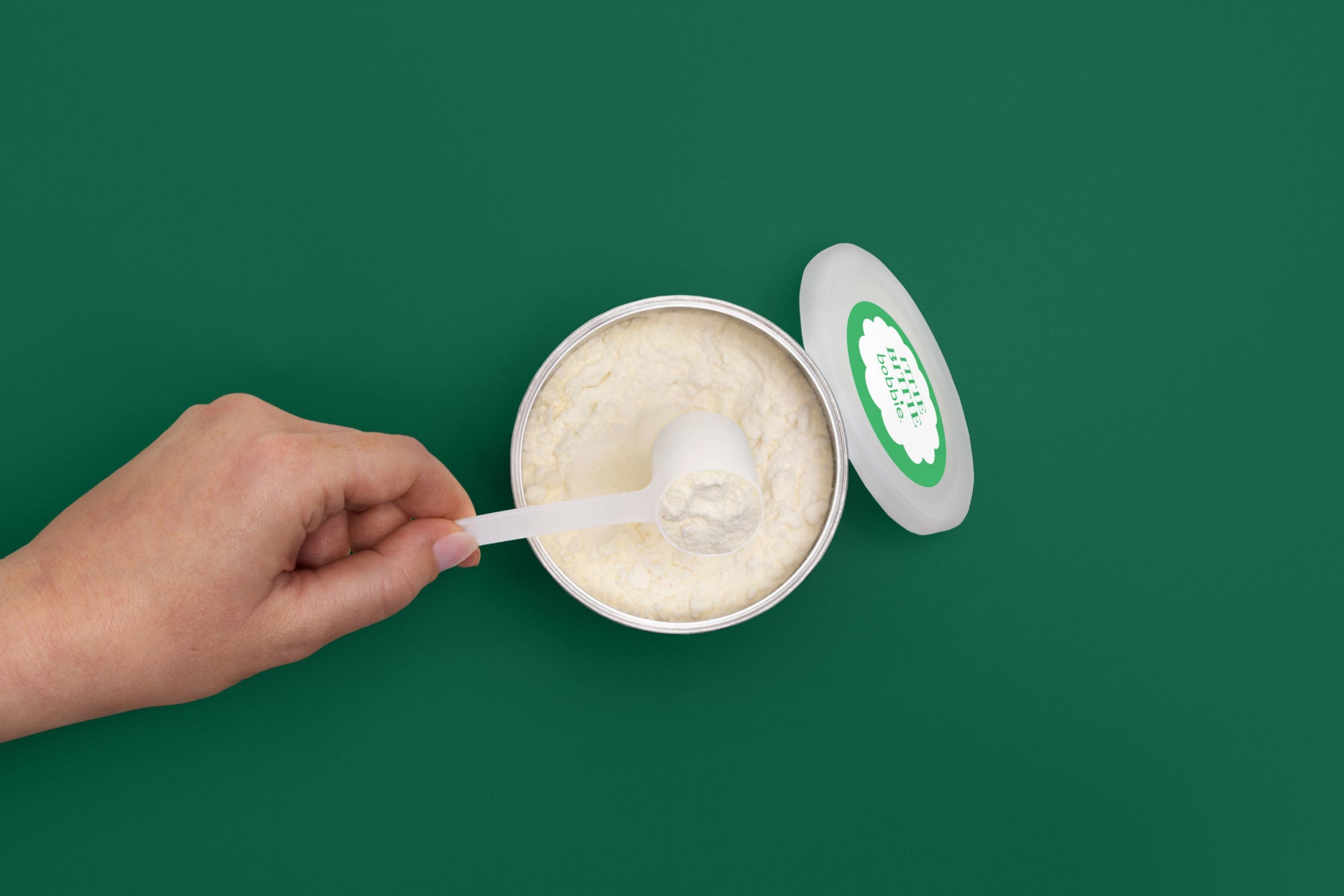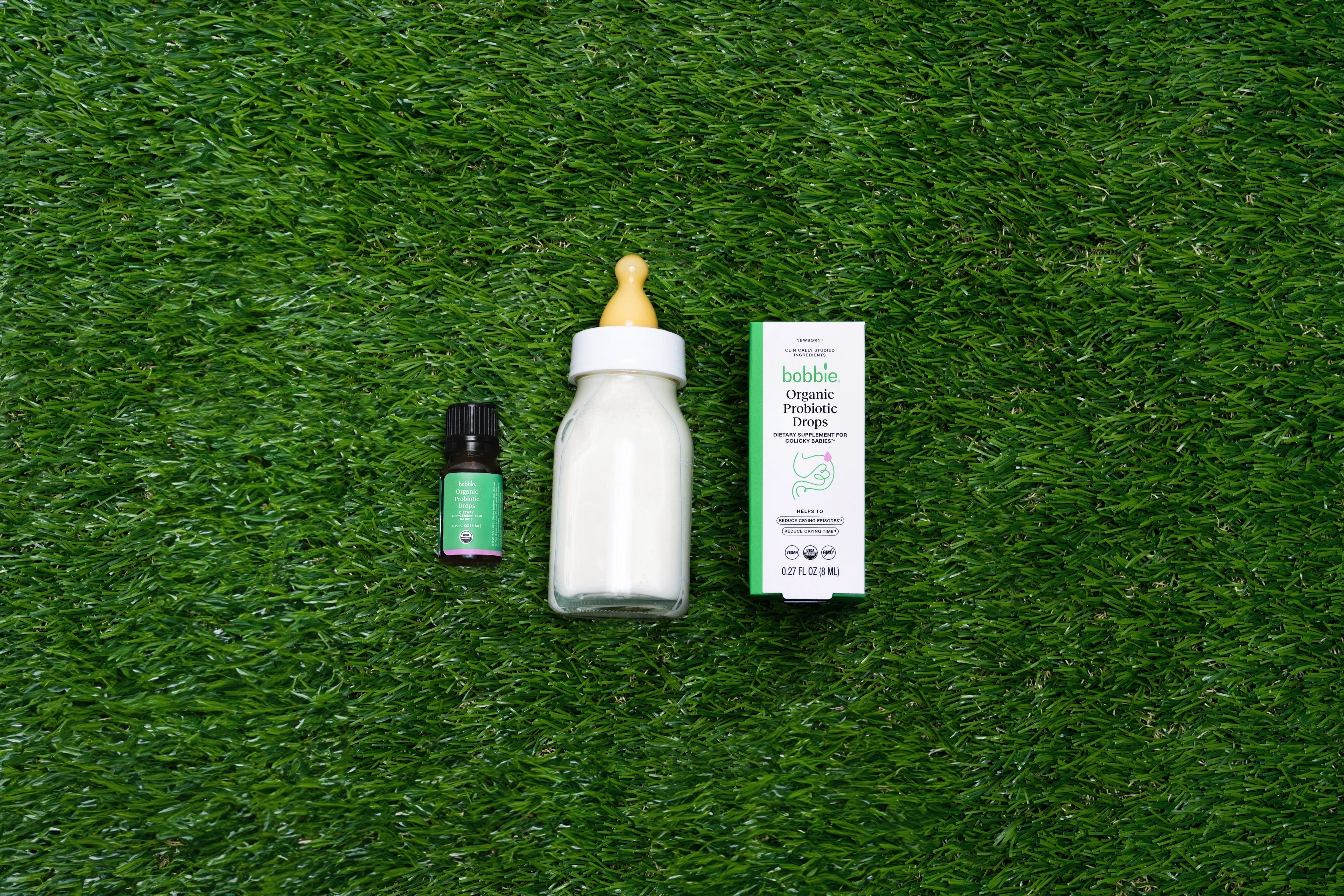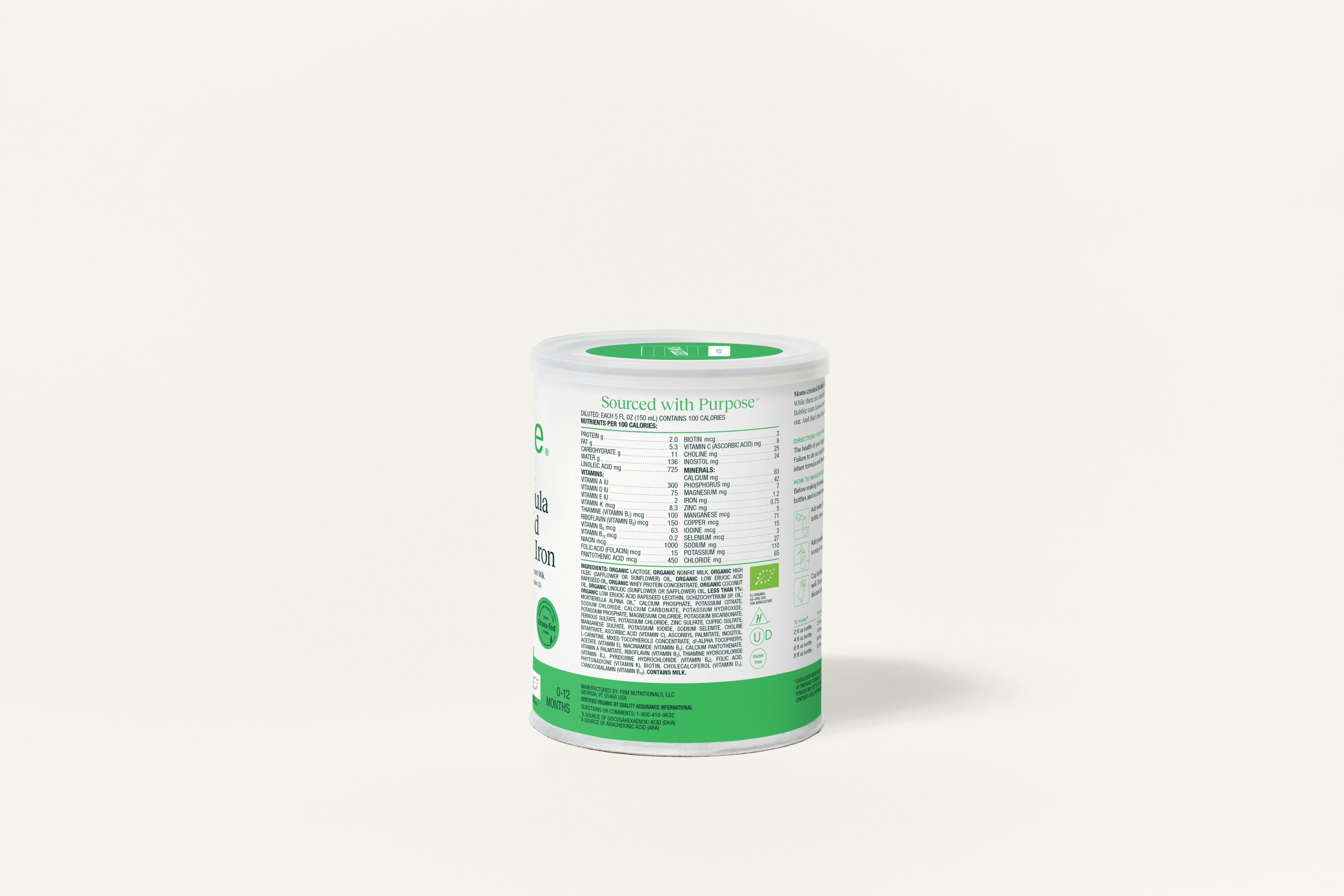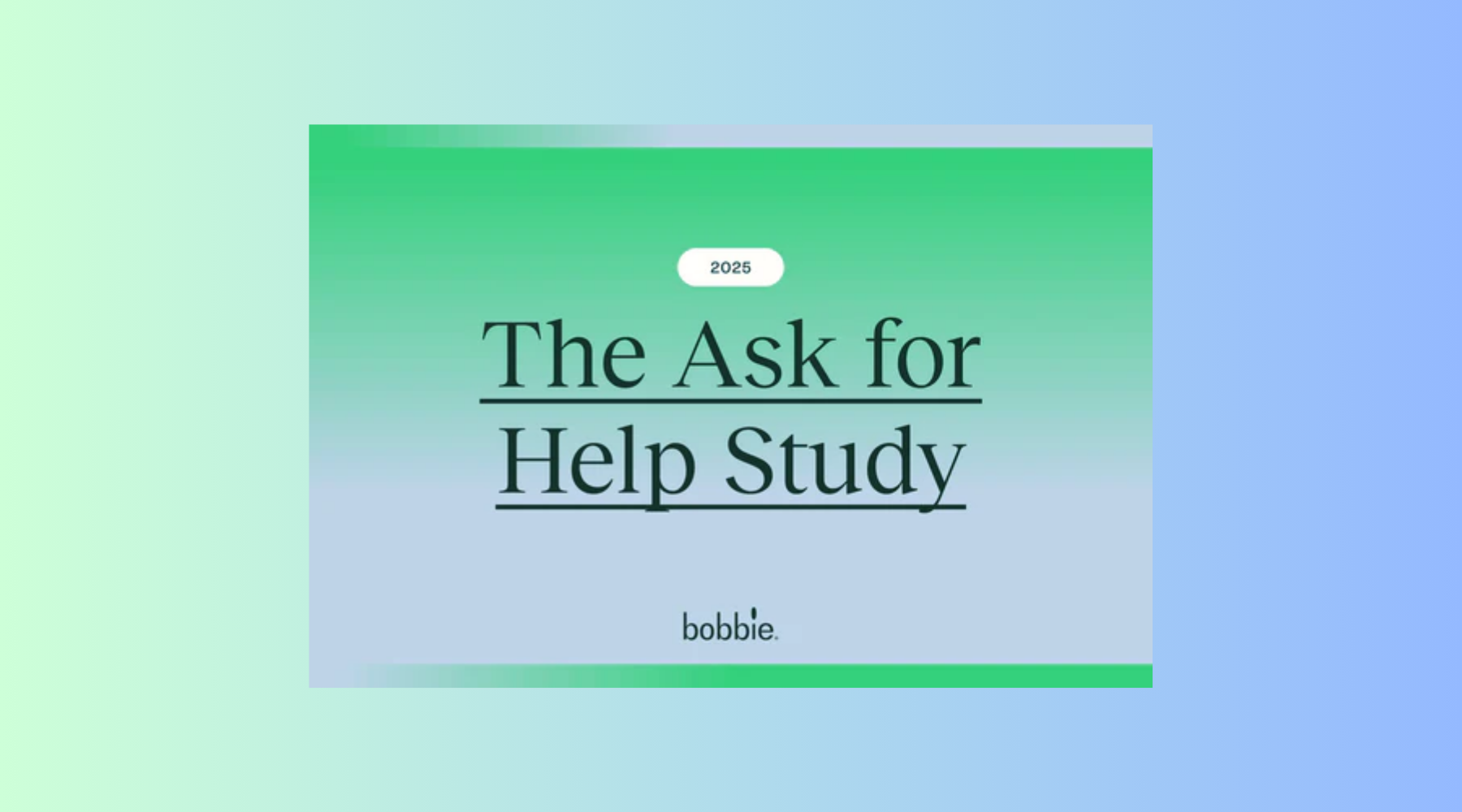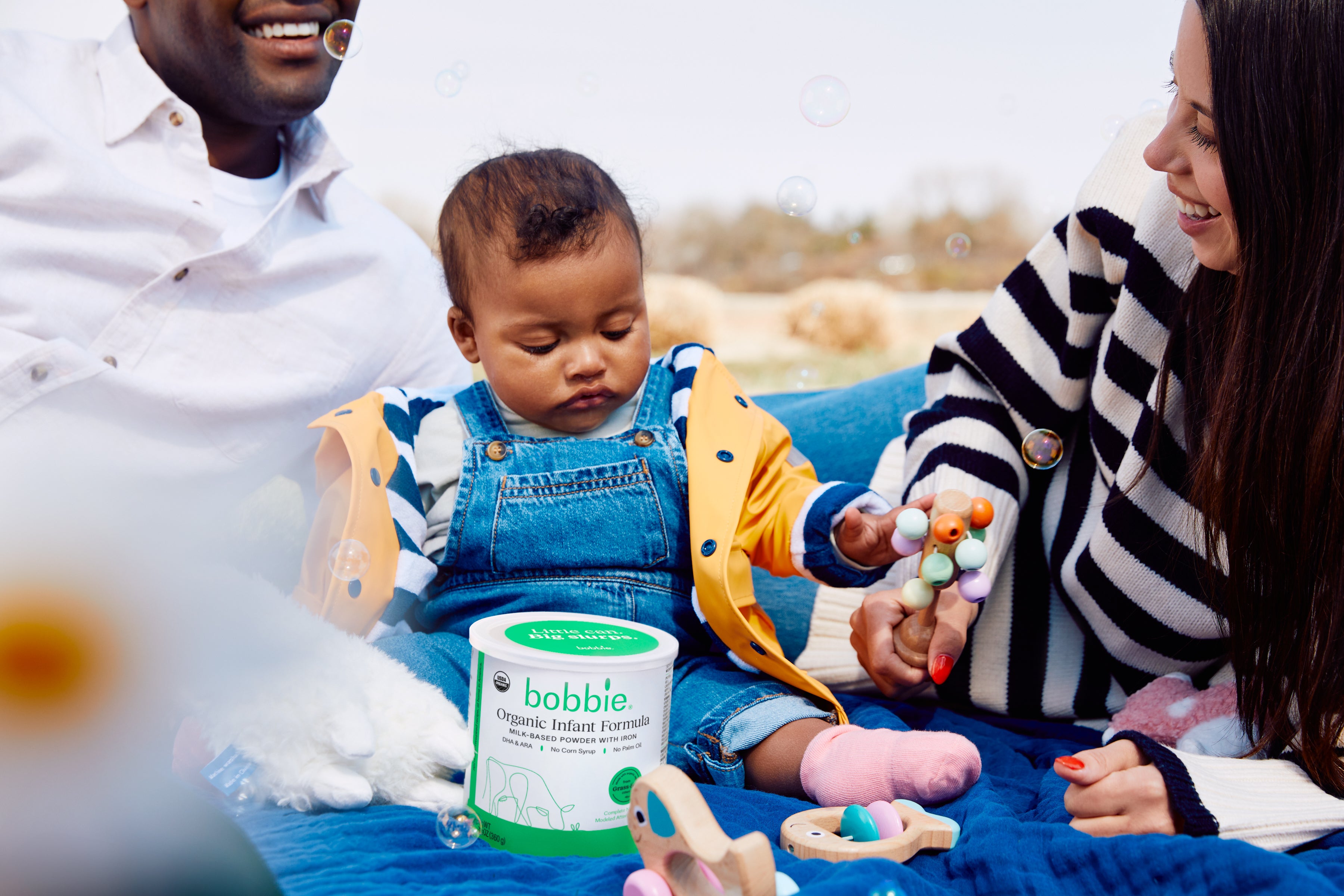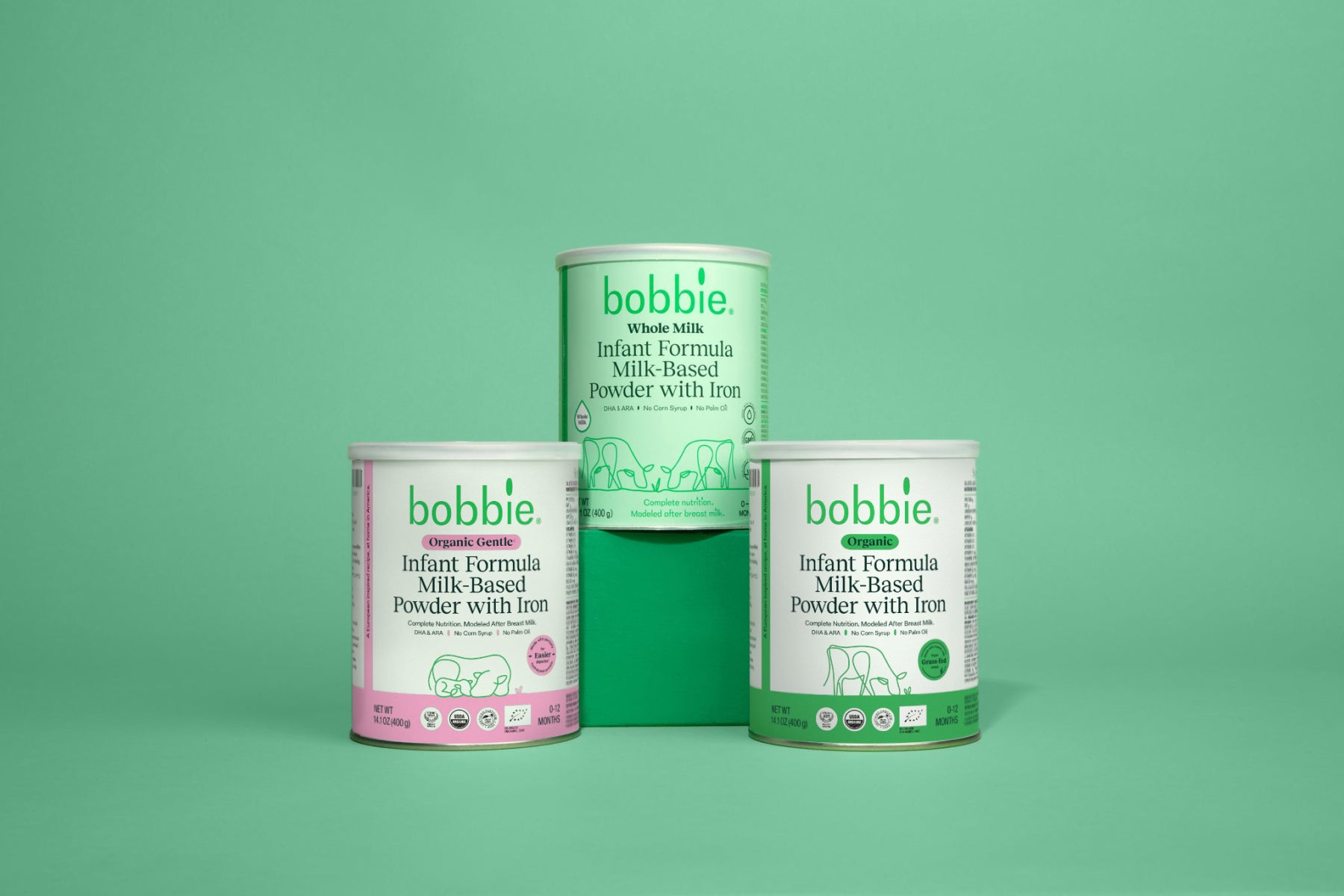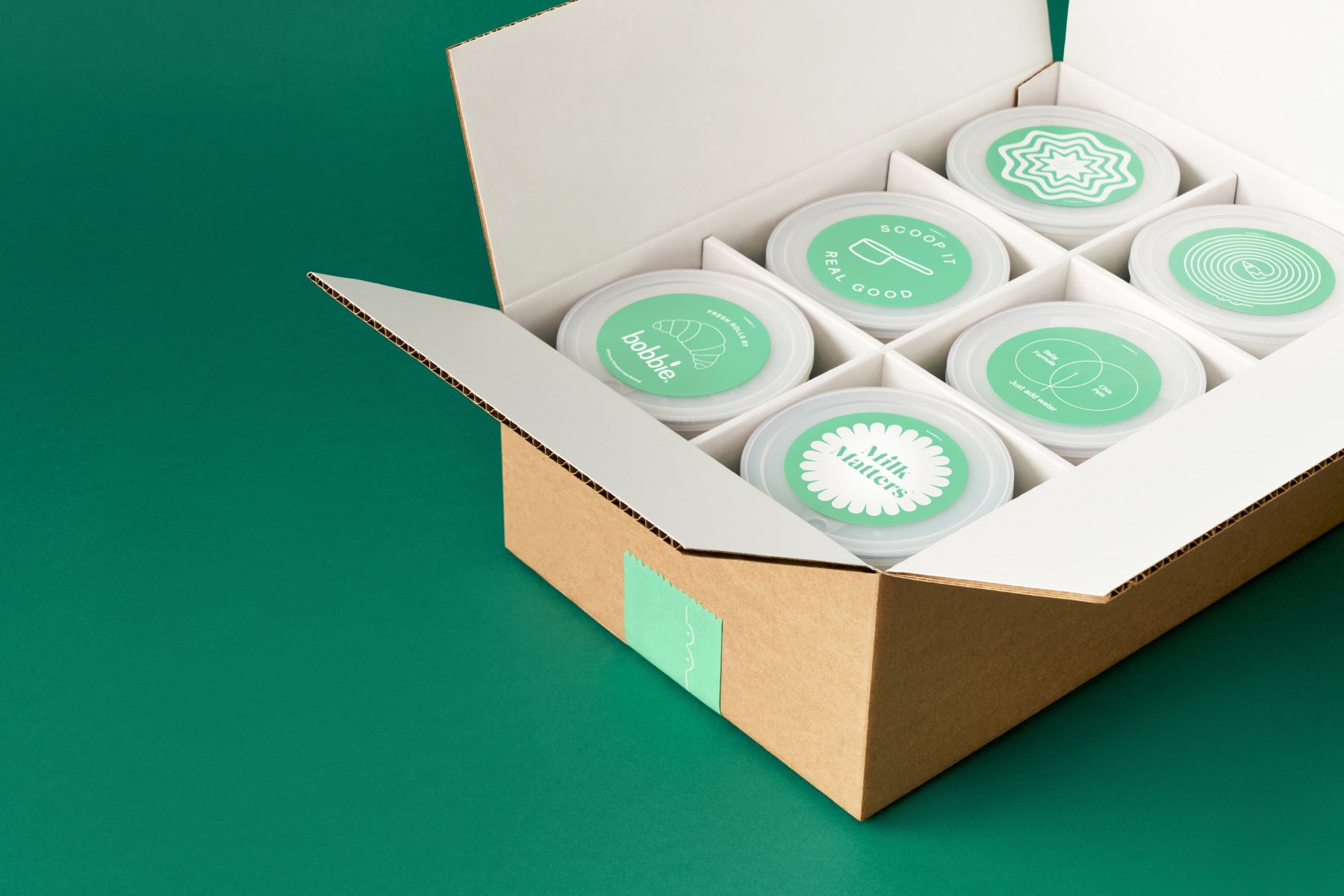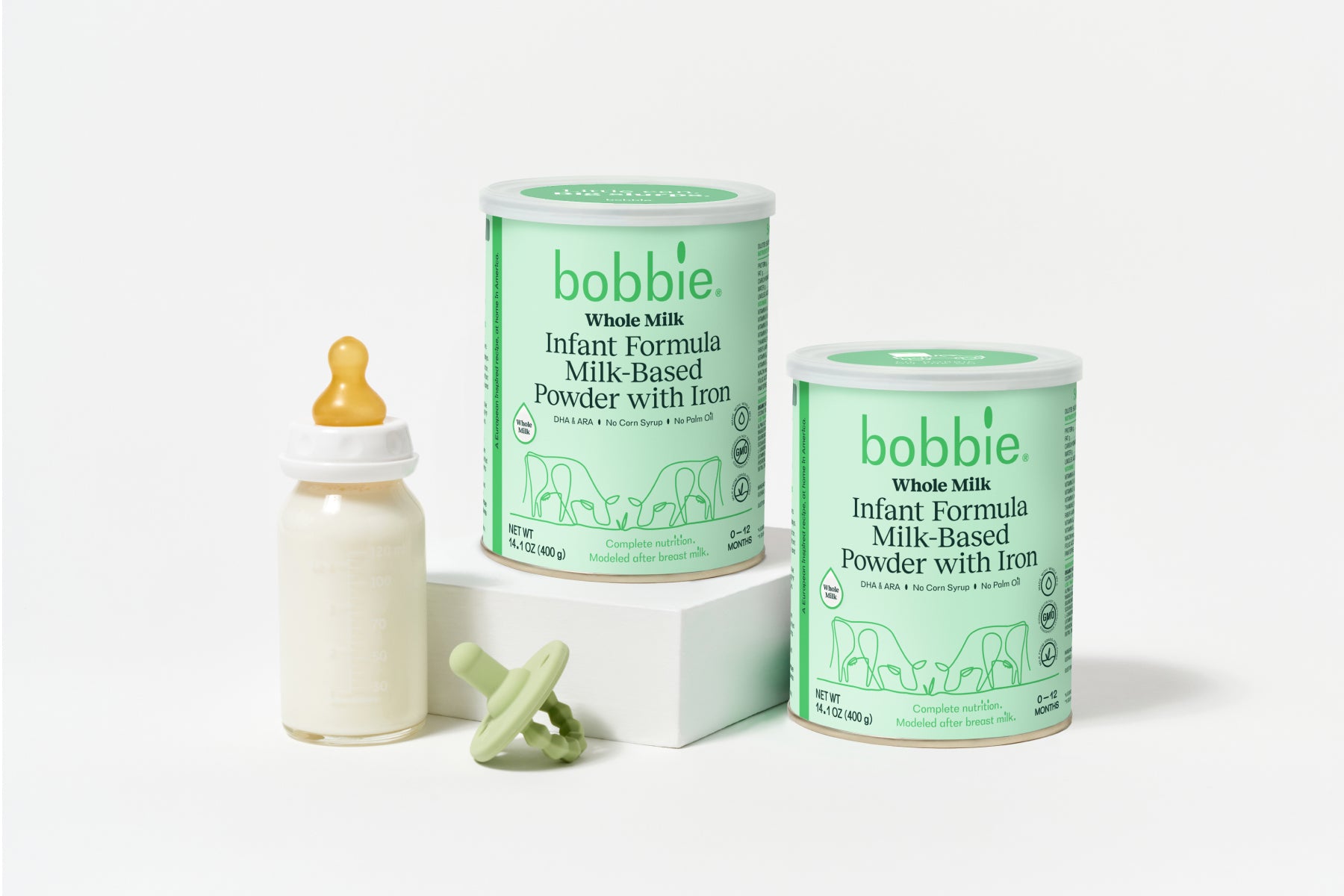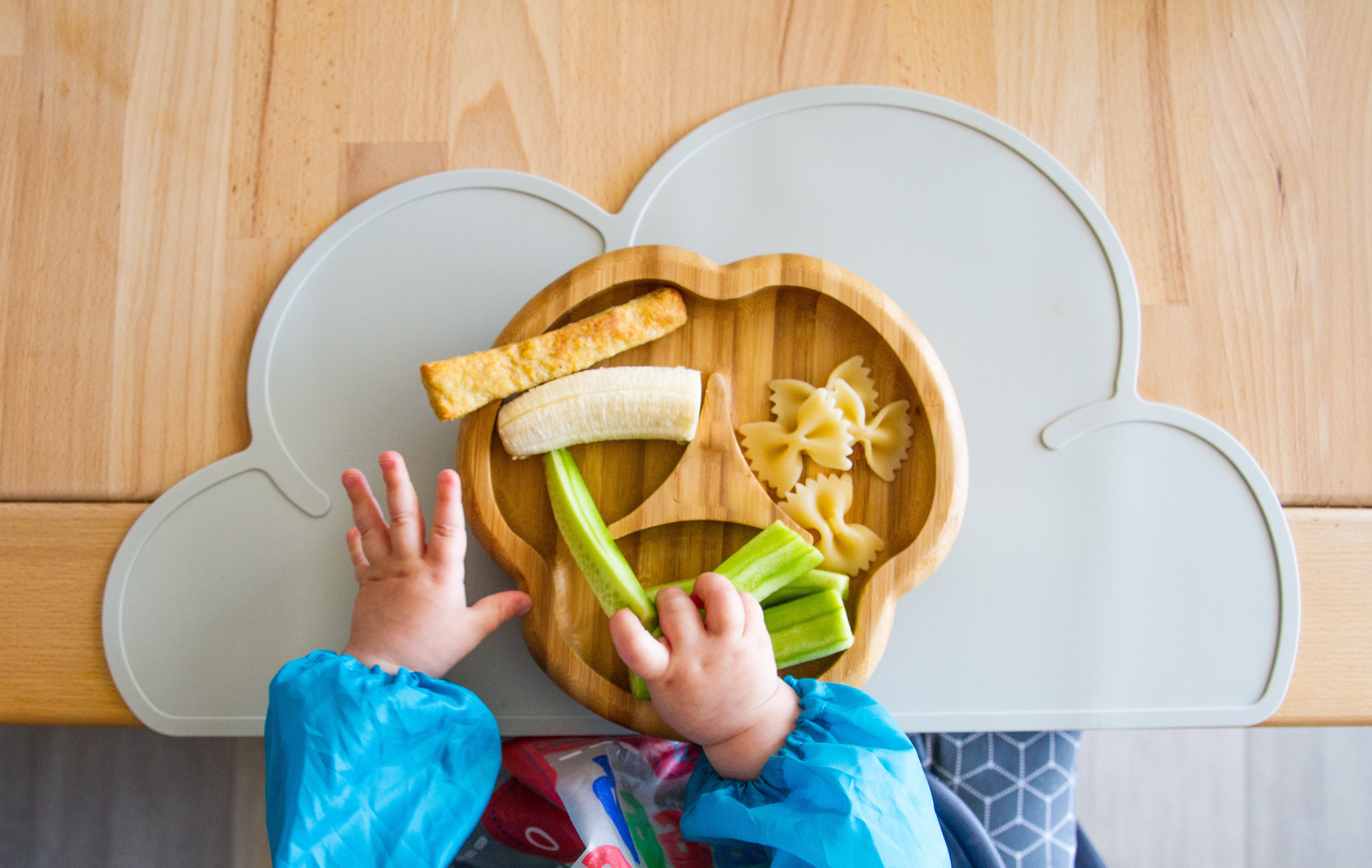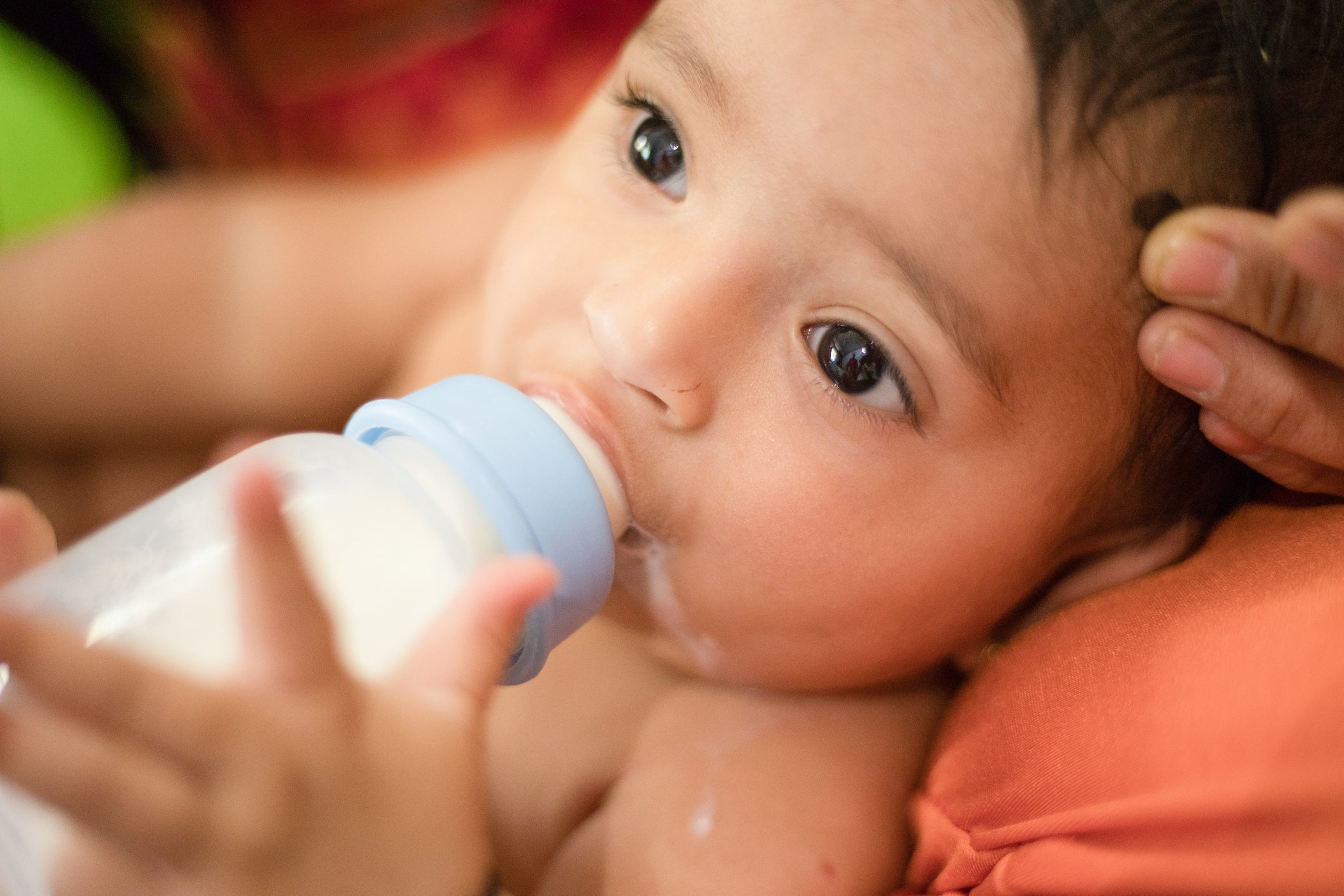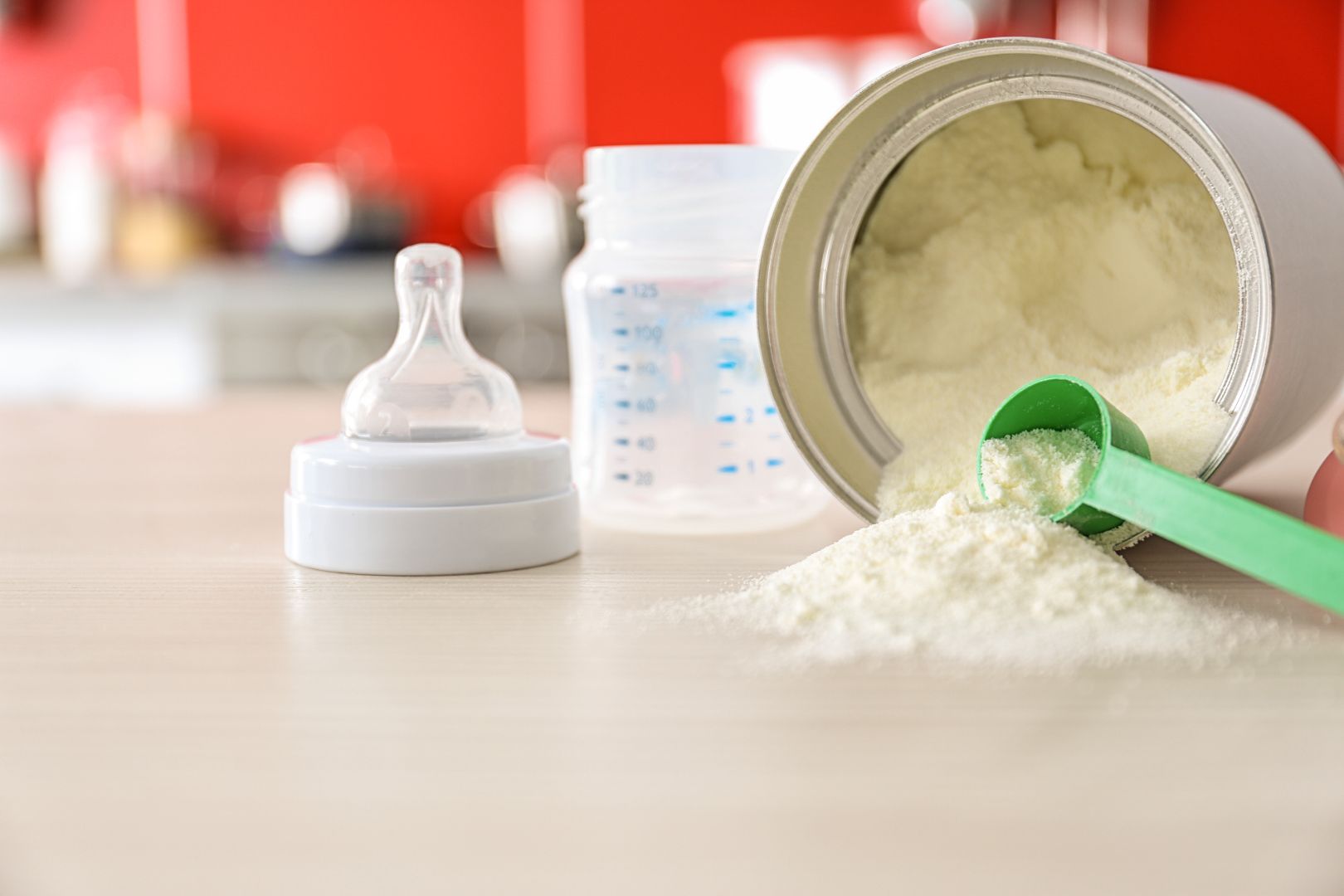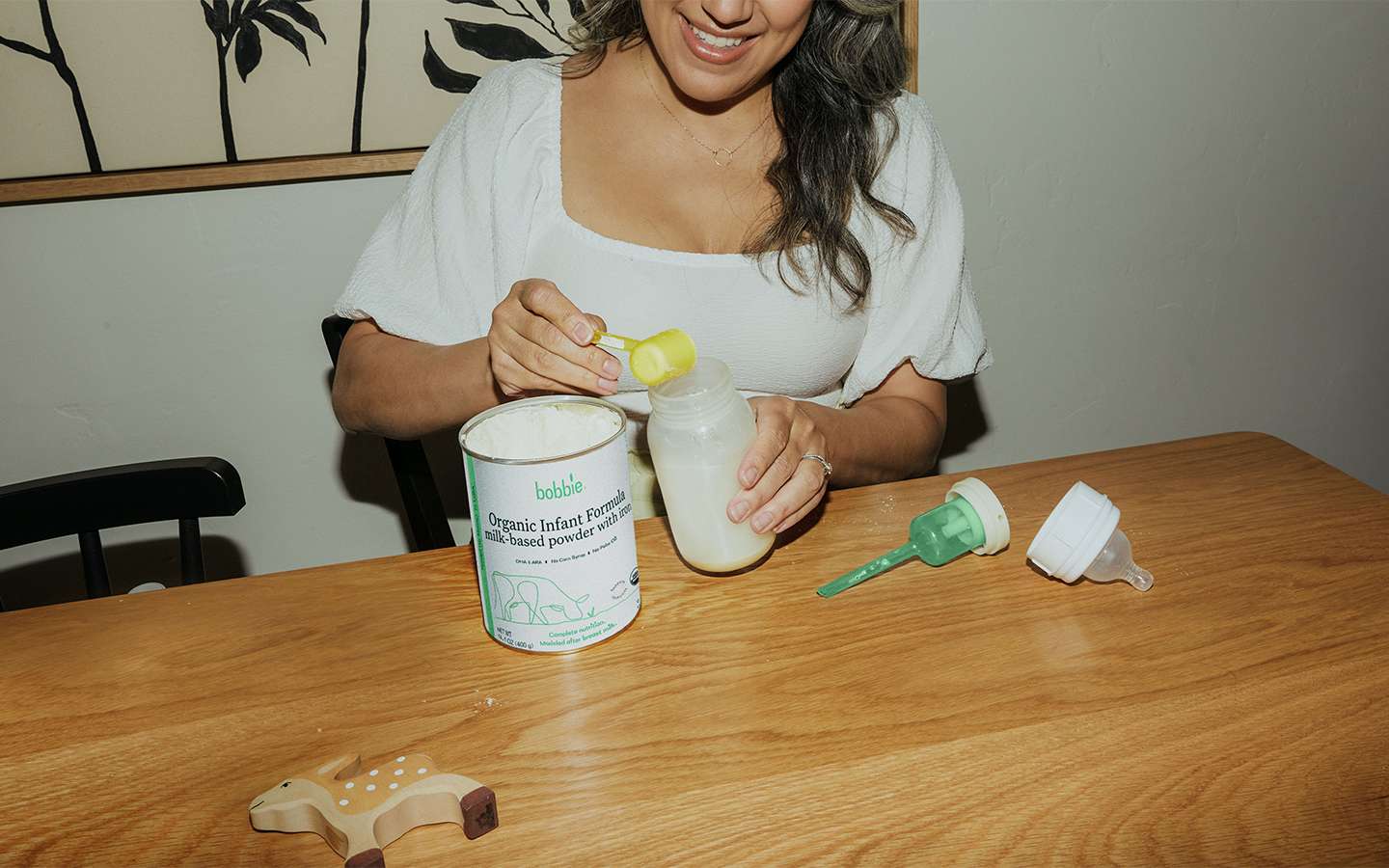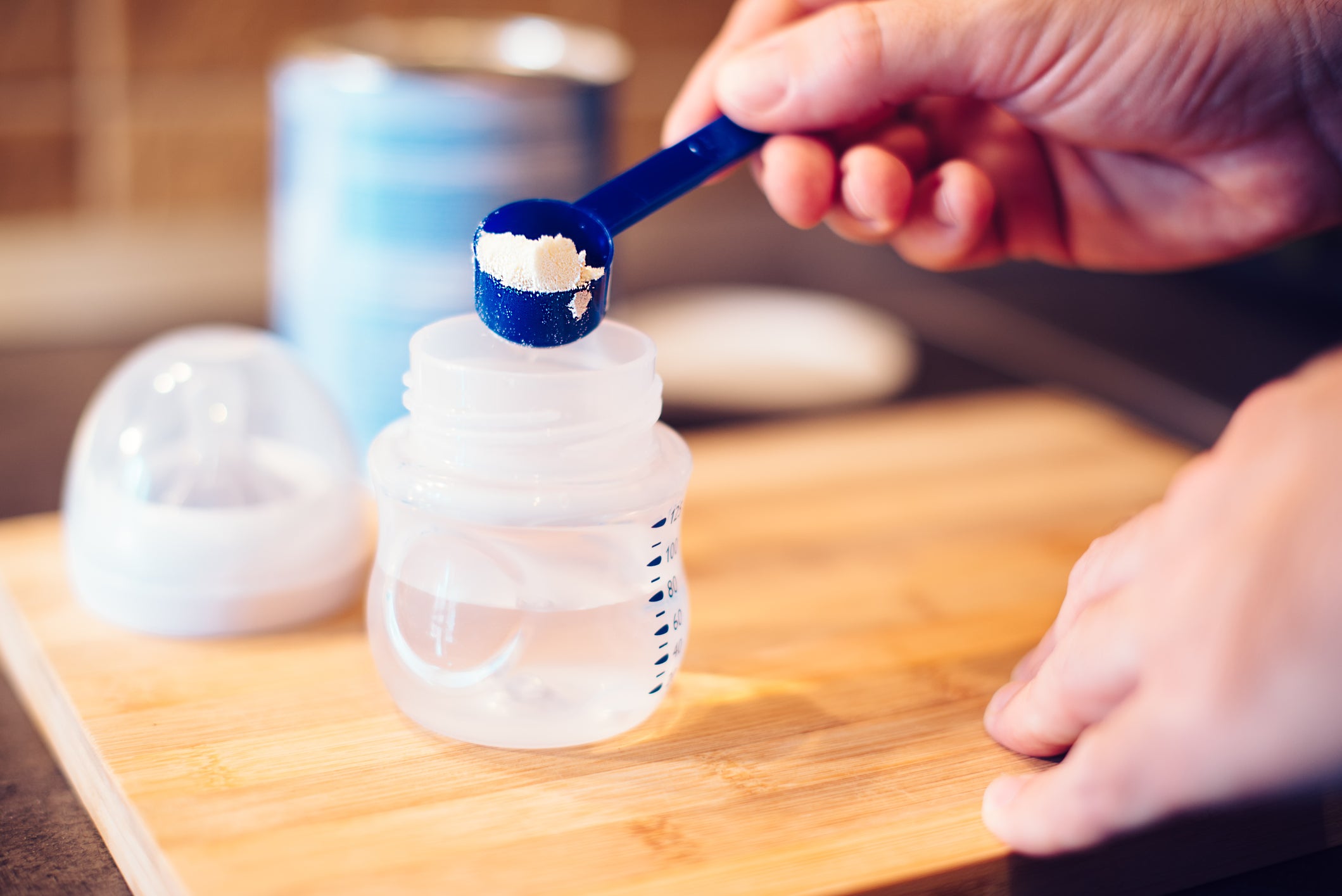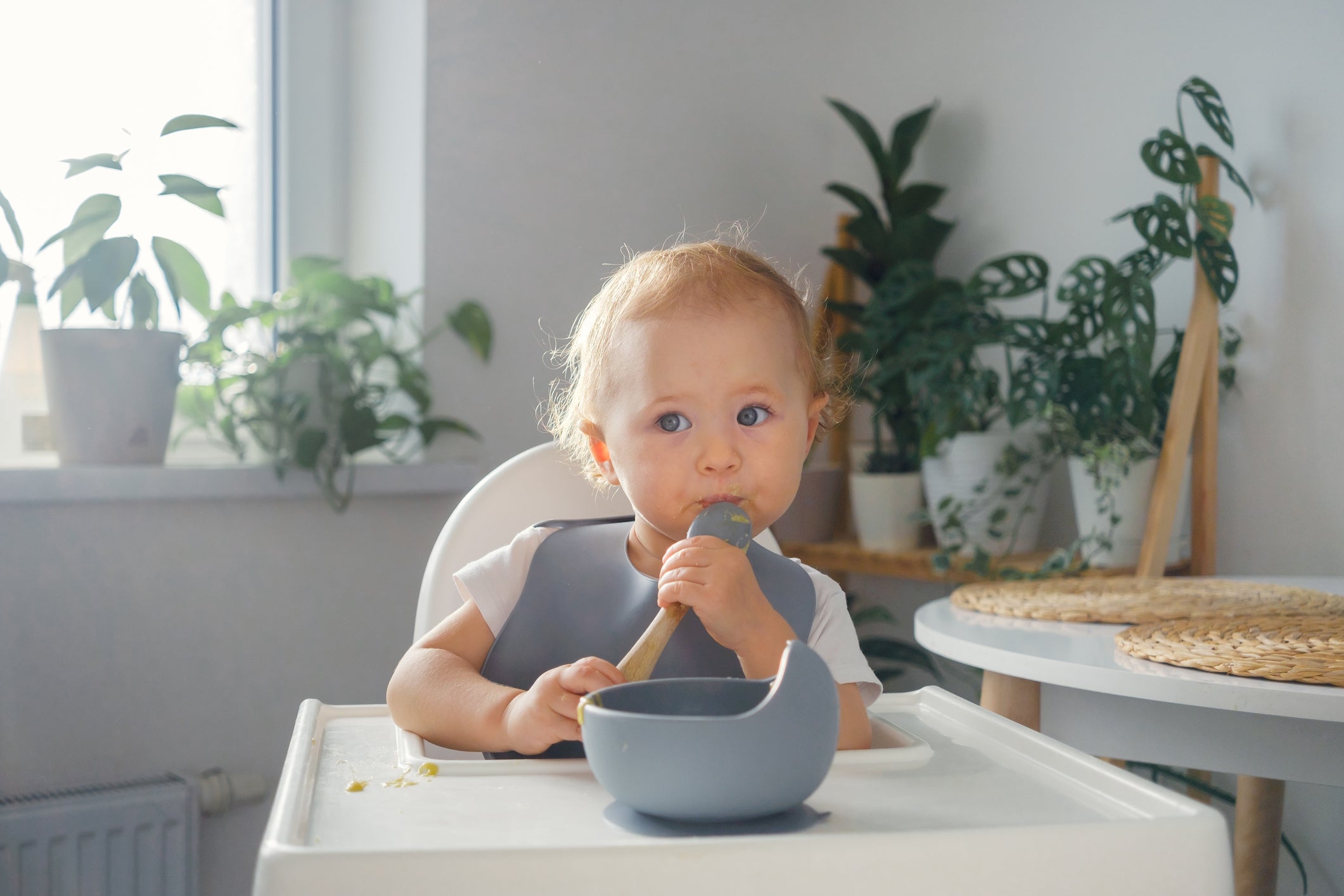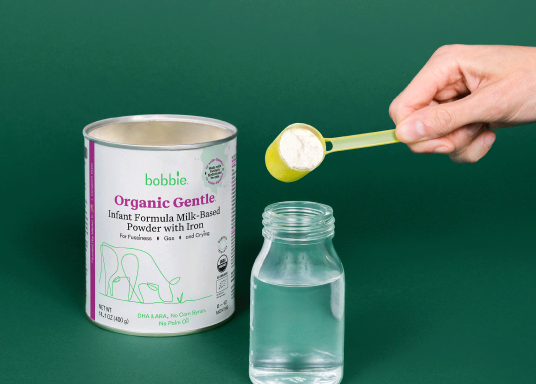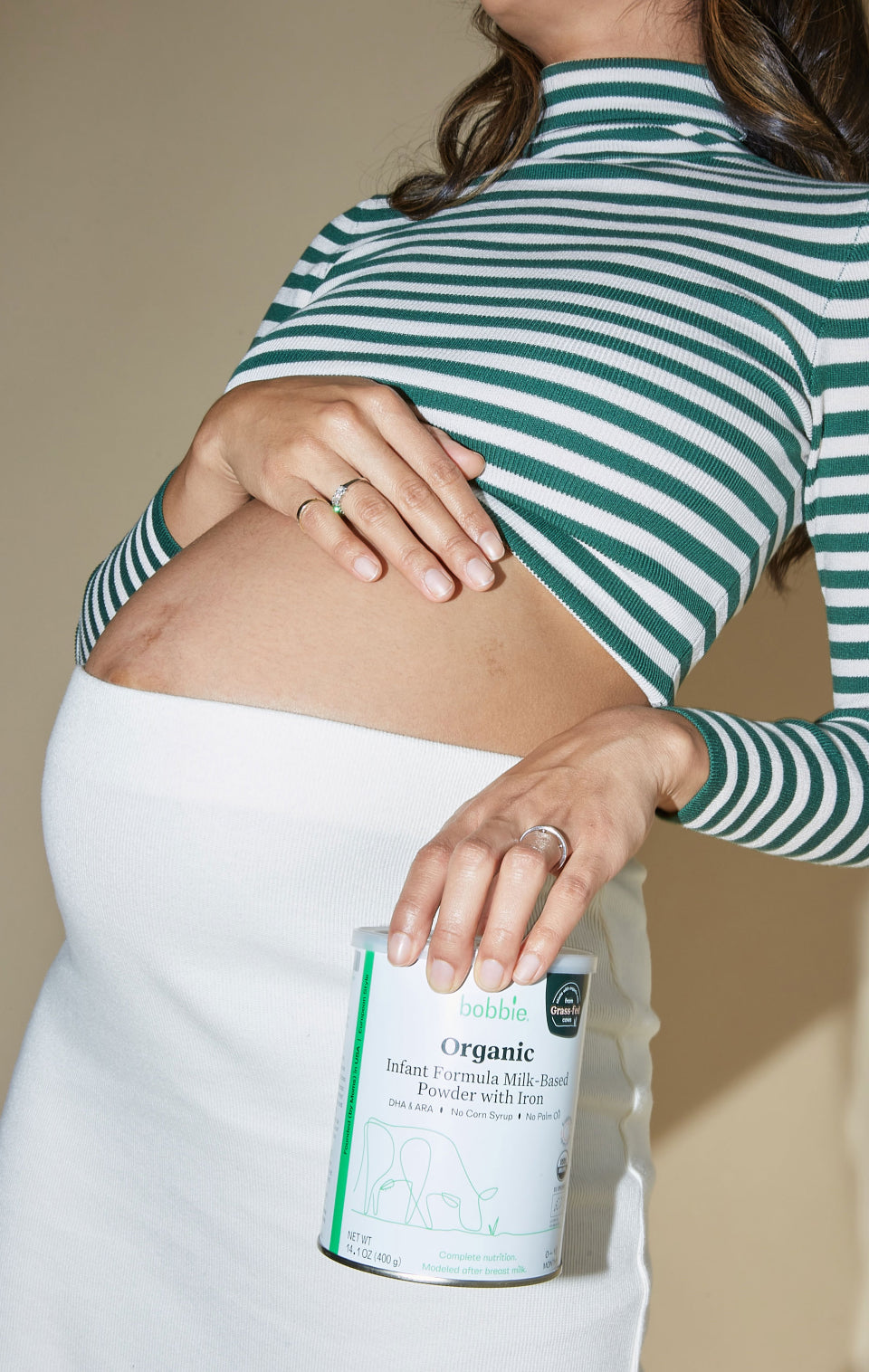Published November 14, 2024

Newborn Bottle Feeding Positions & Bottle Feeding Advice
Welcoming a newborn into your family is a whirlwind of joy, excitement and, let’s be honest, a few sleepless nights! As parents, we want to ensure our babies are safe and comfortable and get the nutrition they need, especially when it comes to bottle-feeding.
How you feed your baby can have a surprising impact on their comfort and health. Whether you're new to bottle-feeding or just looking to improve your approach, we’re here to help guide you through the best newborn bottle-feeding positions and tips. You’ll walk away from this post knowing how to keep feeding sessions safe, cozy and (hopefully) less stressful for both you and your baby.
Ready to dive into this bottle-feeding adventure? Let’s get started!
Positioning for Safety: Guidelines for Newborn Bottle-Feeding
Before we get into different bottle-feeding positions when introducing a bottle to a baby, let’s talk about why positioning matters. Feeding a newborn isn’t just about getting milk into their tummy — it’s about making sure they’re comfortable and safe while doing so. Your little bundle of joy is still learning to coordinate swallowing and breathing, so the position you choose can make a big difference in preventing issues like choking or ear infections.
The Dangers of Improper Positioning
The idea of bottle-feeding seems simple enough: baby, bottle, done! However, improper positioning can lead to discomfort, feeding difficulties, or worse, choking hazards. If your baby is lying too flat, they might struggle with swallowing, which can cause milk to pool in their mouth and throat. This could lead to choking or aspiration — where milk ends up in their lungs instead of their stomach.
Another reason to get those feeding positions just right? Ear infections. If milk flows too freely into a baby’s ears, it can create a breeding ground for bacteria, leading to painful ear infections. Nobody wants that for their little one.
Simple Safety Tips for Every Feeding
Figuring out when to feed your baby is just the beginning. These top tips will make your bottle-feeding journey easier, safer and more enjoyable for everyone:
- Clean, clean, clean! Babies’ immune systems are newly developing, so always make sure bottles and nipples are cleaned thoroughly between feedings. Ask your baby’s doctor about the need to sterilize bottles and accessories.
- Hold your baby at an incline. Keep your newborn upright and their head slightly elevated. This helps them swallow more easily and prevents milk from backing up into the ear canal.
- Avoid propping the bottle. As tempting as it might be to "multitask" while feeding, never prop the bottle up and leave your baby unattended. It can lead to choking.
- Look out for signs of discomfort or overfeeding. If your baby starts to squirm, pull away or seems upset, they might need a break. Always trust their feeding cues!
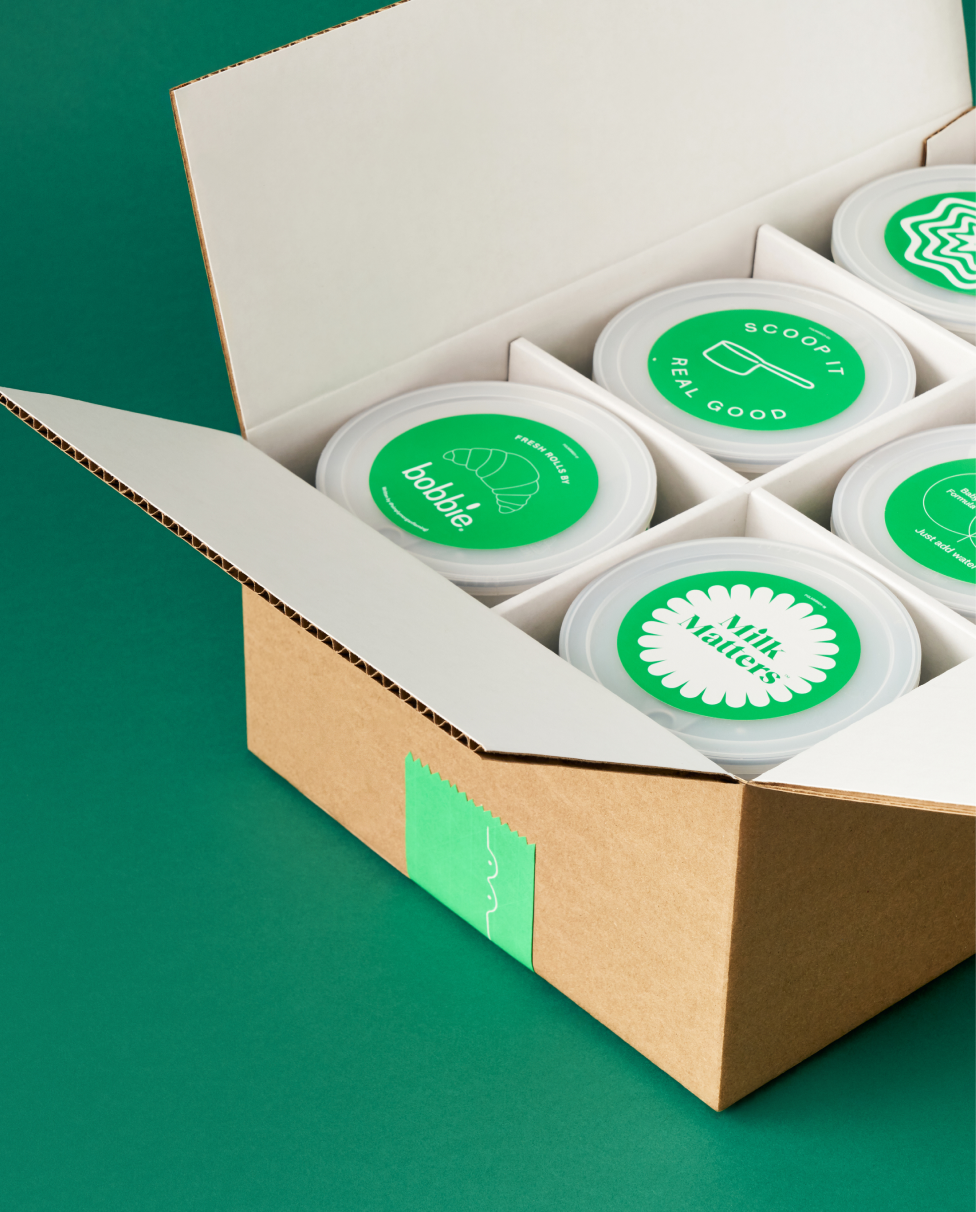
Shop Bobbie Organic Infant Formula
Bobbie Organic Infant Formula is a USDA Organic, EU-style infant formula that meets all FDA requirements. It is a complete nutrition milk-based powder modeled after breast milk and is easy on tummies. It is non-GMO and doesn't have corn syrup, palm oil, or maltodextrin. Shop Bobbie today!

Common Newborn Bottle-Feeding Positions
Let’s explore some of the most common and recommended bottle-feeding positions as you learn the basics of formula feeding. Every baby is different, so depending on your baby’s needs or what feels most natural, you can experiment with various positions to find what works best for both of you.
Cradle Hold
This classic feeding position is a go-to for many parents. In the cradle hold, you sit upright with your baby’s head resting in the crook of your arm. Use your hand to support their bottom and keep them at a slight incline to avoid the milk running too quickly into their mouth.
Why it works: It offers great support for both your baby’s head and body, keeping them close and cozy while making it easy for you to maintain eye contact. Plus, it's ideal for bonding during feeding time!
Upright Position
In this position, your baby sits up with their head supported in an upright or semi-upright posture. It's especially helpful for babies who tend to suffer from reflux, as gravity helps the milk stay down where it should.
Why it works: This position allows milk to flow more slowly, which is perfect for babies prone to gas or spit-up. It also helps you observe their reactions more closely.
Side-Lying Position
If you’re looking for a position that mimics breastfeeding, the side-lying position is great for that. Lay your baby on their side, either in your lap or on a soft surface like a breastfeeding pillow, while you hold the bottle to their mouth.
Why it works: This position mimics breastfeeding, which can make the transition to bottles easier for breastfed babies.
Sign up to get the scoop on feeding, sleep, poop, and so much more. By singing up for email, you are to receive marketing emails from Bobbie and can manage your email preferences or unsubscribe at anytime

Your go-to resource for all things new baby.
Tips and Bottle-Feeding Techniques for Success
So you’ve found a comfortable position – now what? Here are some top tips to ensure bottle-feeding goes as smoothly as possible.
Set the Scene
Babies are sensitive to their environment, so creating a calm, soothing space can set the tone for successful bottle-feeding. Try dimming the lights, turning on some white noise or finding a quiet corner of the house. Avoid overstimulating your baby right before feeding; too much excitement can make them cranky or distracted.
Timing is Everything
One of the golden rules of bottle-feeding, whether straight-up breast milk, formula or combo feeding is: don’t wait until your baby is super hungry to start. If your baby is too upset or overly hungry, they may struggle to latch onto the bottle or get frustrated. Instead, look for hunger cues like lip smacking, rooting or sucking on their hands.
Warm It Up
While not a must, warming the bottle to mimic body temperature can help some babies transition more easily to the bottle. Be sure to refer to the preparation instructions provided on the infant formula product label for making the bottle.
Let Baby Explore
Allowing your baby to explore the bottle – whether by touching, holding or even chewing on the nipple – can help them become more familiar and comfortable with it. Always let your baby lead the way for a more responsive feeding experience.
Get Help From Another Caregiver
Babies sometimes associate breastfeeding with mom, which can make it tricky for some little ones to take a bottle from her. Having a partner or caregiver offer the bottle can help avoid that confusion, making the introduction of the bottle a smoother experience.
Choosing the Right Bottle and Nipple for Your Baby
With so many bottles and nipples on the market, it can be a bit overwhelming to choose the right one when making a formula bottle. Let’s break it down:
Types of Bottles
You’ll find bottles made from a variety of materials, each with its own pros and cons.
- Plastic bottles are lightweight and durable but may need replacing more often due to wear and tear.
- Glass bottles are eco-friendly and easy to sanitize but can be heavy and breakable.
- Silicone bottles offer a soft, squeezable option that’s lightweight and flexible, but they tend to be on the pricier side.
Nipple Know-How
When selecting a bottle nipple, consider its shape, material and flow rate:
- Shape: Some nipples are designed to mimic the breast, which can help if you're transitioning from breastfeeding. Others are shaped traditionally for a straightforward bottle-feeding experience.
- Flow rate: Newborns need a slow-flow nipple to prevent gulping and choking, but as your baby gets older, they might need a faster flow.
- Material: Most nipples are made from silicone, but some are latex. Latex nipples are softer but tend to wear out faster.
When to Replace Bottles and Nipples
Bottles and nipples wear out over time. You’ll want to replace them if you notice any cracks, leaks or signs of wear. For hygiene reasons, it's best to replace nipples every 3-6 months.
When in doubt, consult your baby’s pediatrician for personalized recommendations.
Embracing Safe Bottle-Feeding Practices and Finding the Right Formula
The key to a successful bottle-feeding technique and overall rewarding experience lies in:
- Proper positioning to keep your newborn baby safe and comfy.
- Finding the right bottle and nipple combination that works for your baby’s feeding style.
- Preparing a calm, relaxed environment for stress-free feeding.
Remember that every baby is different, so be patient with yourself and your little one as you find what works best.
If you’re searching for a reliable infant formula to nourish your little one, look no further than Bobbie. Our formula is designed to support healthy development while giving parents the confidence they need to provide the best for their children. Parenthood can be stressful, but you can relax knowing you can cherish these special feeding times as opportunities to bond with your baby. Choose Bobbie and nurture those moments together!

Shop Bobbie Organic Infant Formula
Bobbie Organic Infant Formula is a USDA Organic, EU-style infant formula that meets all FDA requirements. It is a complete nutrition milk-based powder modeled after breast milk and is easy on tummies. It is non-GMO and doesn't have corn syrup, palm oil, or maltodextrin. Shop Bobbie today!

The content on this site is for informational purposes only and not intended to be a substitute for professional medical advice, diagnosis or treatment. Discuss any health or feeding concerns with your infant’s pediatrician. Never disregard professional medical advice or delay it based on the content on this page.








